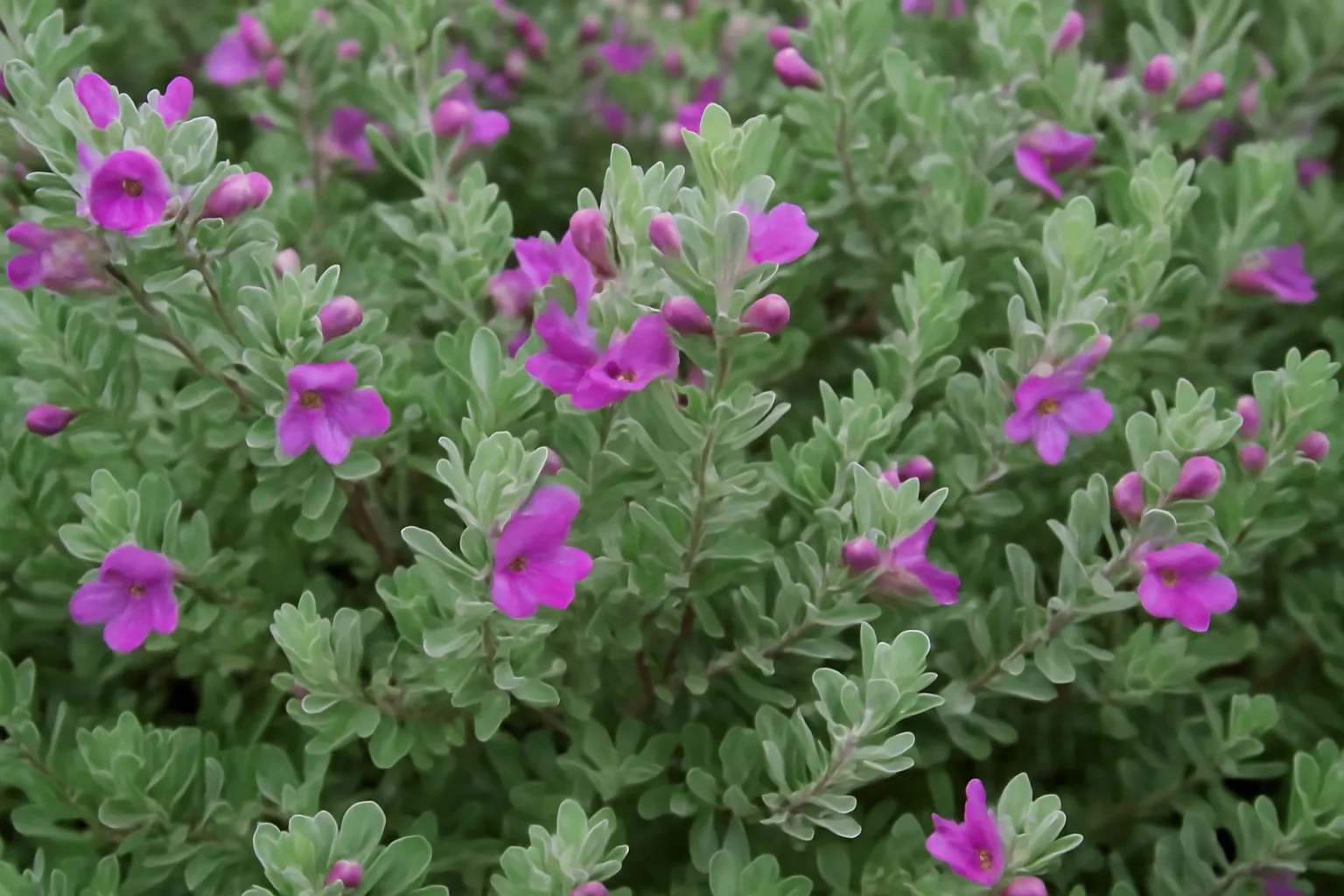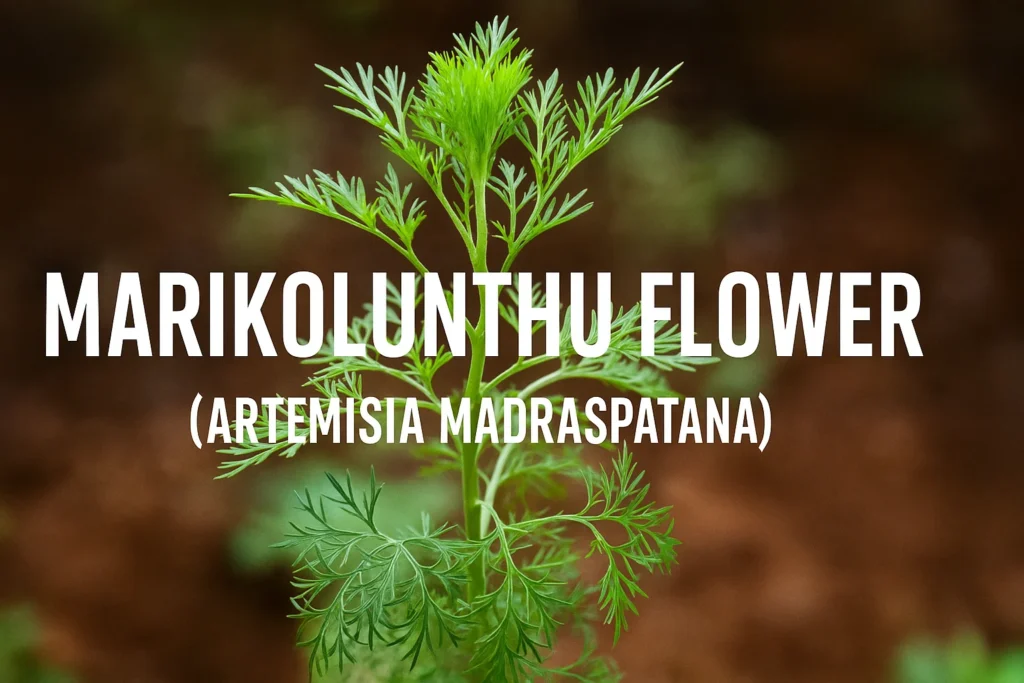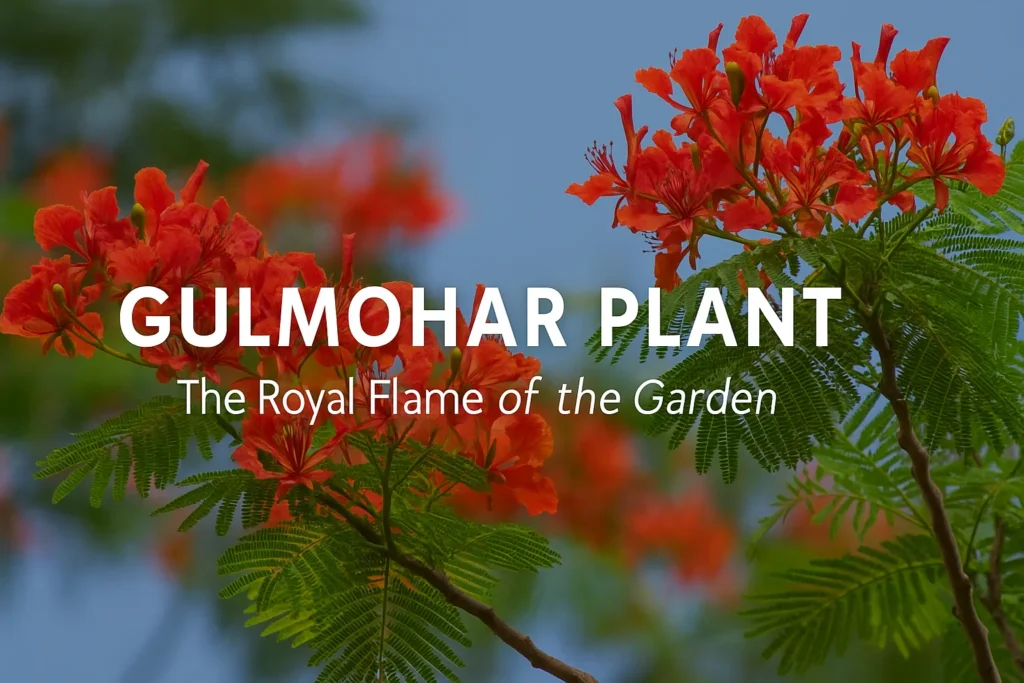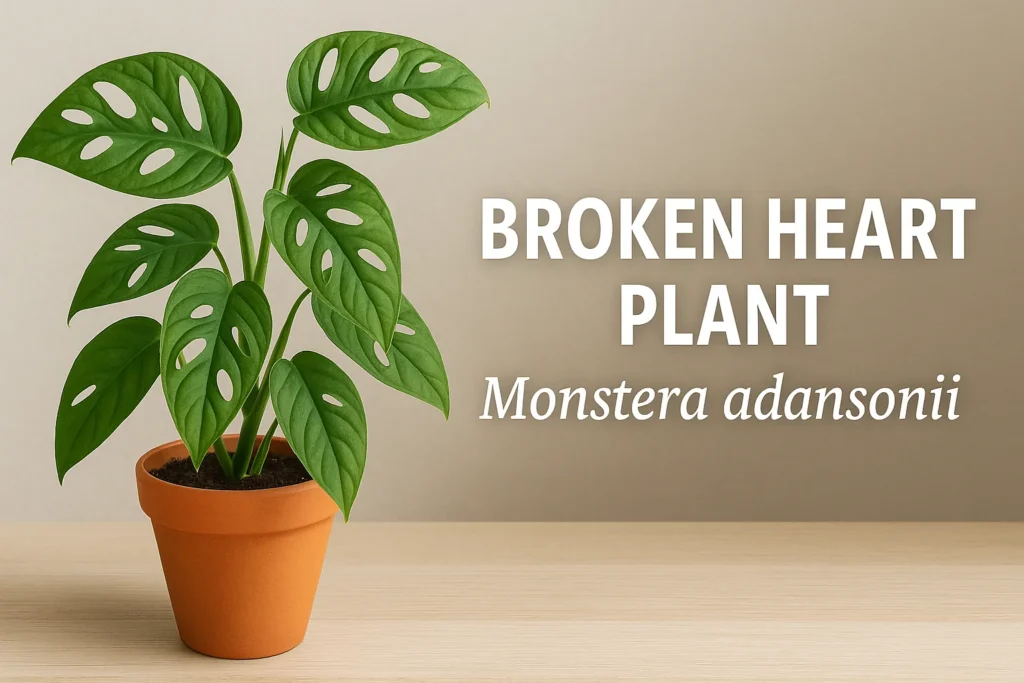When you think of a plant that’s as easy-going as it is eye-catching, the Nikodia plant immediately comes to mind. Known for its beautiful purple blooms and drought-tolerant nature, this desert-native shrub is an excellent choice for Indian gardens, especially in areas with hot, dry climates. Whether you’re a new gardener or someone who forgets to water their plants often, Nikodia might just be your garden’s new best friend. Let’s explore everything you need to know about the Nikodia flower plant, from its identity and beauty to how to care for it effortlessly.
What is the Nikodia Plant?
The Nikodia plant, also known by its botanical name Leucophyllum frutescens, is a flowering shrub commonly found in arid regions of North and Central America. It’s often referred to as “Texas Sage” in the western world. This evergreen shrub is celebrated for its silvery foliage and vibrant, trumpet-shaped purple flowers that bloom after rains or high humidity spells. Its common name in India—Nikodia—makes it sound humble, but make no mistake, this plant adds serious flair to any landscape.
Nikodia Plant Botanical Name and Varieties
A quick identity check. The scientific name of the Nikodia plant is Leucophyllum frutescens, where “Leucophyllum” means “white leaf,” referring to its distinctive silvery-gray foliage. Belonging to the figwort family (Scrophulariaceae), there are multiple varieties of Leucophyllum, including:
- Leucophyllum frutescens ‘Green Cloud’ (with deeper green leaves)
- Leucophyllum candidum ‘Thunder Cloud’ (with dense silver leaves)
- Leucophyllum laevigatum (larger form, bushy and compact)
Each of these has subtle differences, but they all share one trait: low-maintenance elegance.
Why is the Nikodia Flower Plant Loved So Much?
What makes this plant stand out? The nikodia flower plant is admired for its ability to thrive in harsh environments while still putting on a beautiful show. Its velvety leaves give a desert-like aesthetic, and the funnel-shaped purple or violet blooms are pure visual therapy. One interesting thing about Nikodia is how it seems to “predict rain.” It often flowers after a rise in humidity or a hint of upcoming showers. This natural behaviour adds a magical charm to the garden.
If you’re someone who enjoys Marikolunthu Flower or Sahadevi Plant for their therapeutic presence in gardens, Nikodia will be a pleasant addition.
Nikodia Plant Care: Simple and Stress-Free

Looking after this plant is surprisingly easy. The Nikodia plant care routine is perfect for beginners and busy plant parents. It thrives in minimal conditions and needs very little once established. Here’s how to keep it happy:
1. Sunlight
Nikodia is a sun worshipper. It loves full sun and should be planted in a spot that gets at least 6–8 hours of direct sunlight daily. Without enough light, the plant will grow leggy and may not bloom as often.
2. Watering
This is where it really shines. Once established, it barely needs watering. Let the soil dry out completely between watering sessions. Overwatering can actually harm it more than drought.
3. Soil
The ideal soil is well-draining, sandy, or loamy. If your garden soil retains water, add sand or gravel to improve drainage. Nikodia doesn’t tolerate soggy roots.
4. Fertilizer
It doesn’t ask for much. A light feed of balanced fertilizer once at the start of the growing season is enough.
5. Pruning
Prune lightly after the flowering season to shape the plant and remove any dead branches. This also encourages bushier growth.
Compared to plants like the Tagar Flower, Nikodia is far more tolerant of neglect, making it perfect for low-maintenance landscaping.
When and How Does the Nikodia Plant Bloom?
The blooming pattern of this plant is quite fascinating. The Leucophyllum plant usually bursts into bloom following a spell of high humidity or impending rain. Unlike other flower plants that stick to seasonal patterns, Nikodia is unpredictable—and that’s part of its charm. The flowers last for a few days and attract bees and butterflies, making it not just a visual treat but also an eco-friendly one. It usually blooms from late spring to early autumn, multiple times if conditions are right.
If you’ve admired the Petunia Flower for its frequent blooming, you’ll appreciate Nikodia’s sporadic yet stunning floral shows.
Common Uses of the Nikodia Plant in Landscaping
Aesthetics and function go hand-in-hand here. Thanks to its sturdy nature and year-round foliage, Nikodia is widely used for:
- Hedges and borders
- Privacy screens
- Rock gardens
- Xeriscaping (drought-tolerant landscaping)
Its compact shape and silvery leaves make it a great backdrop plant that complements vibrant flowering species like the Nargis Flower or Kochia Flower in a mixed garden.
Also, for homes where safety and aesthetics matter, pairing it with modern features like Invisible Grill installations can enhance your balcony garden’s look without compromising on protection.
Is Nikodia Plant Medicinal or Just Ornamental?
Mostly ornamental, but still worth noting. Unlike some Indian plants like the Statice Flower, which has known medicinal properties, the Nikodia plant is generally cultivated for its ornamental value. There aren’t many documented medicinal uses for Leucophyllum in Indian home remedies, but its pollen-friendly nature makes it valuable for pollinator gardens. Its non-toxic nature also makes it safe for homes with pets and kids, as long as it’s not consumed in large quantities.
Where Can You Grow the Nikodia Plant in India?
Great news for Indian plant lovers. Nikodia is suitable for most parts of India, especially the western and southern states like Rajasthan, Gujarat, Maharashtra, Karnataka, and Tamil Nadu. These areas have the kind of dry, hot weather this plant loves. Even in places like Delhi or Madhya Pradesh, it can thrive if protected from excessive winter frost.
Its behavior is somewhat similar to the Buraansh Flower found in hilly areas, which also adapts well to changing weather, although Buraansh prefers colder zones.
Final Thoughts:
If you’re looking for a low-maintenance, climate-resilient, and beautiful flowering shrub that doesn’t need much pampering, the Nikodia plant is a great pick. Its unique flowering pattern, silver-green foliage, and hardy nature make it an excellent addition to both residential gardens and urban balconies. It’s a plant that surprises you—not just with its blooms but with how effortlessly it grows. Give it a sunny spot, occasional pruning, and well-draining soil—and watch it thrive like a natural wonder.













